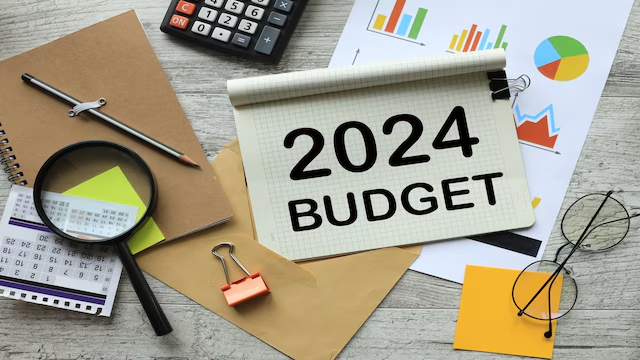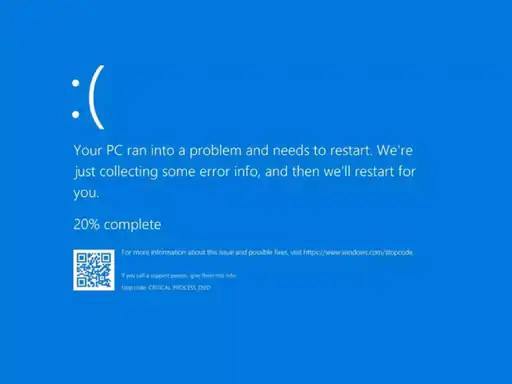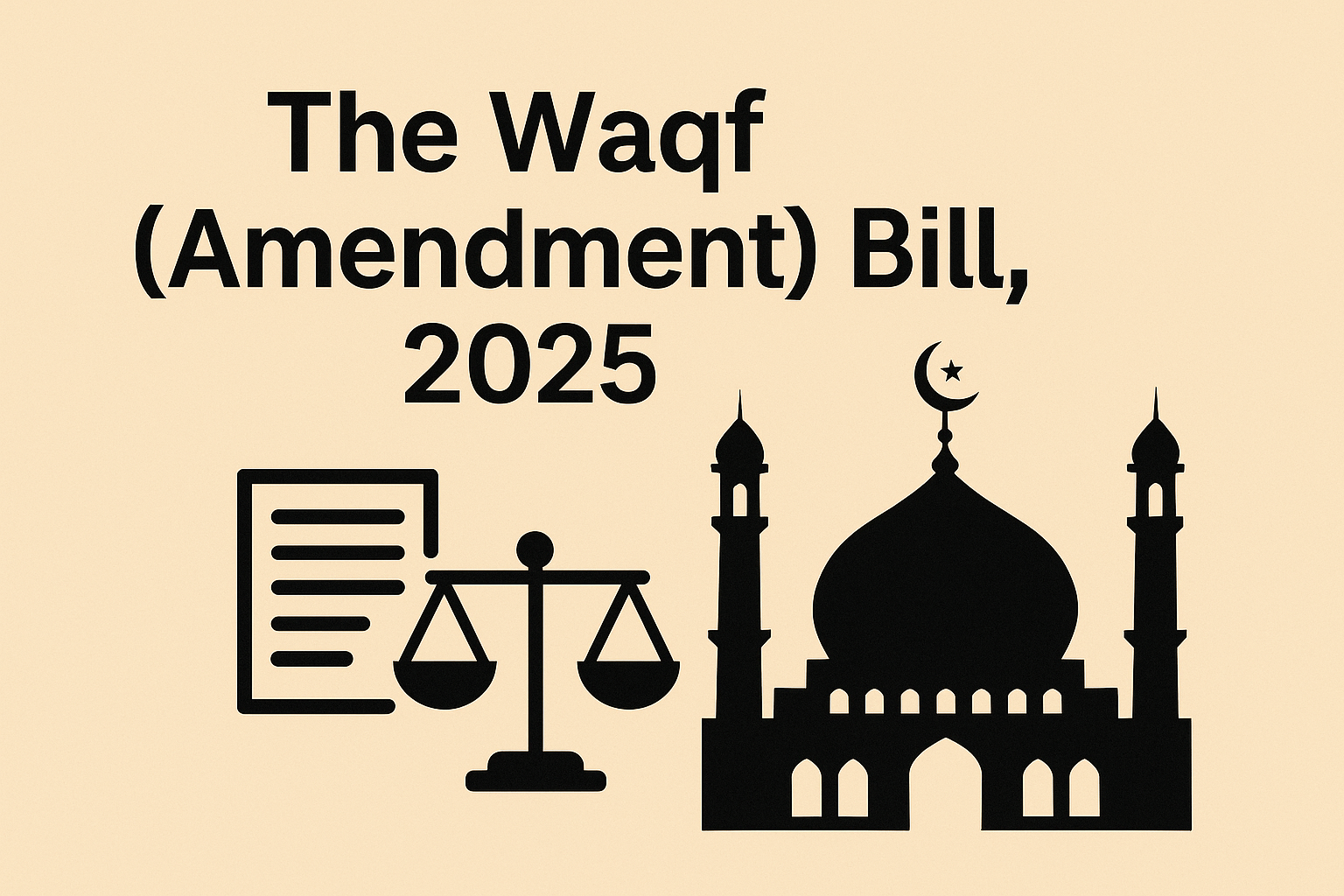Understanding the meaning of budget is difficult even for an educated person. The word budget is derived from the French word Bougette. It means small bag. In French language, this word is derived from the Latin word ‘Bulga’. It means ‘leather bag’. Let us know the meaning of some big words used in the budget so that it becomes easier for us to understand the announcements of the Finance Minister.
Finance Minister Nirmala Sitharaman will present the budget for 2024-25 on July 23. Many such things and words are mentioned in the budget, which we usually hear and understand but we do not know about their definition and interpretation. Let us try to understand the meaning of such words used in the budget in simple and easy language.
What is the budget?
Understanding the meaning of budget is difficult even for an educated person. The word budget is derived from the French word bojet. It means small bag. In French language, this word is derived from the Latin word ‘Bulga’. It means ‘leather bag’. In ancient times, big traders used to keep all their monetary documents in one bag. Similarly, gradually the use of this word became associated with the calculations done to mobilize resources. In this way the annual financial account of the governments got the name ‘Budget’. Britain started presenting the country’s income and expenditure accounts by the government. When Britain’s Finance Minister came to Parliament to present the income and expenditure accounts, he brought the relevant documents in a red leather bag. That bag was called ‘Budget’ in French, which when translated into English became ‘Budget’.
Monetary shortage
The difference between the total income and expenditure of the government is called ‘fiscal deficit’ in economic terminology. This gives information about how much borrowing the government will need to run its operations. Borrowings are not taken into account in calculating total revenue. That is, the difference between the expenditure and income of the government is called fiscal deficit or budgetary deficit.
Current Record Shortfall
When a country’s imports of goods, services and transfers exceed its exports, then a situation of current account deficit arises. That is, when goods and services made in India are exported abroad, payment is received from it. On the other hand, when any good or service is imported, its price has to be paid. In this way, the difference between the payments received within the country and the prices paid to outside countries is called current account deficit.
Government Income and Use
Government revenue is the income received by the government from all its sources. On the contrary, the items on which the government spends are called government expenditure. It is an important part of the financial policy of the government.
Spending plan Assessment
While presenting the budget proposal in the Parliament, the Finance Minister presents the account of the income generated through various types of taxes and fees and the schemes and other types of expenses, it is usually called budget estimate.
Finance Bill
It is through this bill that while presenting the general budget, the Finance Minister proposes new taxes etc. with a view to increase government income. Along with this, any kind of amendment etc. in the existing tax system is proposed in the Finance Bill. It is implemented only after getting the approval of the Parliament.
Income Excess
If revenue receipts exceed revenue expenditure, the difference will be in the category of revenue surplus.
Assignment Bill
The simple meaning of the Appropriation Bill is that despite all kinds of measures, the government’s earnings are insufficient to meet the government expenses and the government needs money from the Consolidated Fund to meet the expenses of this item. In a way, through this bill the Finance Minister seeks permission from the Parliament to withdraw money from the Consolidated Fund.
Capital Planning
While presenting the budget, the Finance Minister presents the details of government income, which also includes capital income. That is, in this, the loans taken by the government from the Reserve Bank and foreign banks, the income from the sale of treasury challans as well as the accounting of the money received from the recovery of loans given to the states in the past are also part of this capital budget.
Reexamined Gauge
It details the difference between forecast expenditure and actual expenditure in the budget.
Capital Consumption
The payment that the government has to make to purchase any kind of asset comes under this category. Loans and advances sanctioned by the Central Government to States, Union Territories and Public Undertakings are also known as capital expenditure.
Capital Receipts
Loans received from the Reserve Bank or other agencies, income from the sale of treasury challans, recovery of past loans given to states and union territories and money received from selling their stake in public undertakings also fall in this category.
Interest for Awards
Demand for grants is an estimated account of the expenditure of money demanded from the Consolidated Fund.
Plan Costs
Apart from the assistance to the states and union territories, all types of expenses incurred on the schemes of the central government are included in it.
Non Plan Consumption
This includes interest payments, defence, subsidies, postal deficit, police, pensions, economic services, loans given to public undertakings and loans given to states, union territories and foreign governments.








